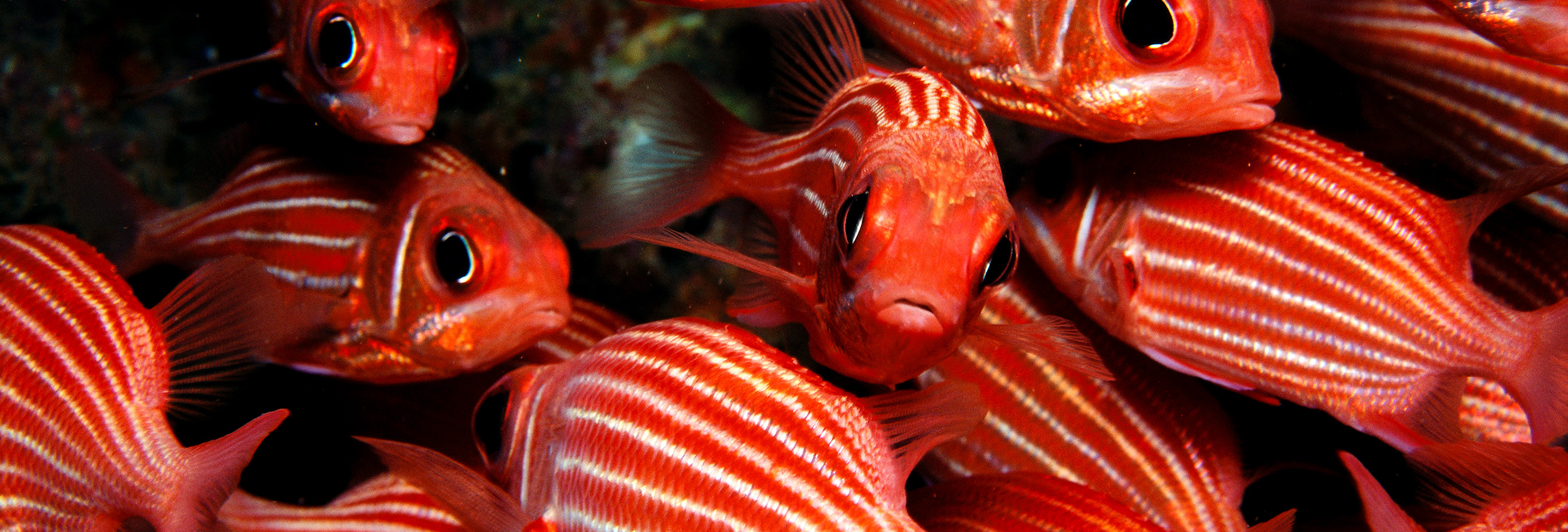When the Papahānaumokuākea Marine National Monument was established in 2006, it was the largest highly protected marine reserve in the world at 139,818 square miles (362,127 square kilometers). Creation of the monument in the Northwestern Hawaiian Islands received bipartisan support in the United States and was followed by the designation of more than a dozen large-scale marine parks around the world, nine larger than this initial effort. As a result, nearly 2 percent of the world’s oceans are set aside with strong protections. Although this is important progress, scientists recommend protecting at least 30 percent.
In 2016, a group of native Hawaiians, with the help of Pew’s Global Ocean Legacy project, urged President Barack Obama to expand the monument by 442,760 square miles (1.15 million square kilometers). Obama did just that in August 2016, making Papahānaumokuākea the largest permanently protected area in the world on land or sea. Enlarging the monument brought the world a step closer to reaching global conservation targets and locked in protection of important ecosystems and wildlife in the Pacific Ocean.
Listen to the correct pronunciation of Papahānaumokuākea, and learn more about its meaning.
Our Work
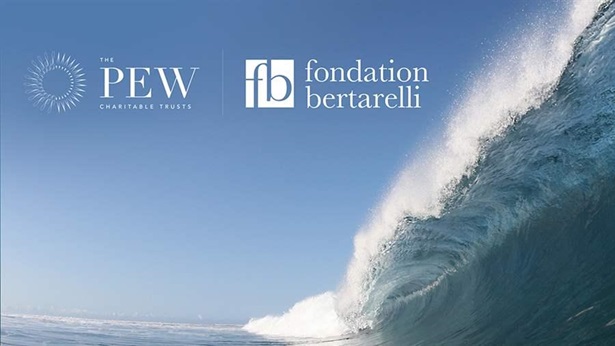
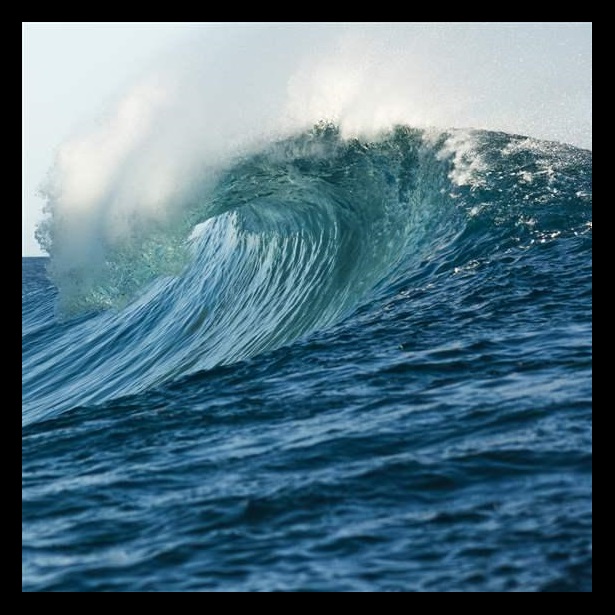
Pew Bertarelli Ocean Legacy
Pew and the Bertarelli Foundation have joined forces in a new partnership with the goal of increasing the number of fully protected parks in the sea from nine to 15 by 2022.
Learn More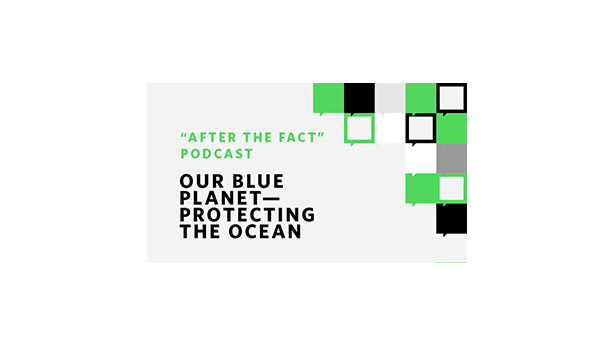
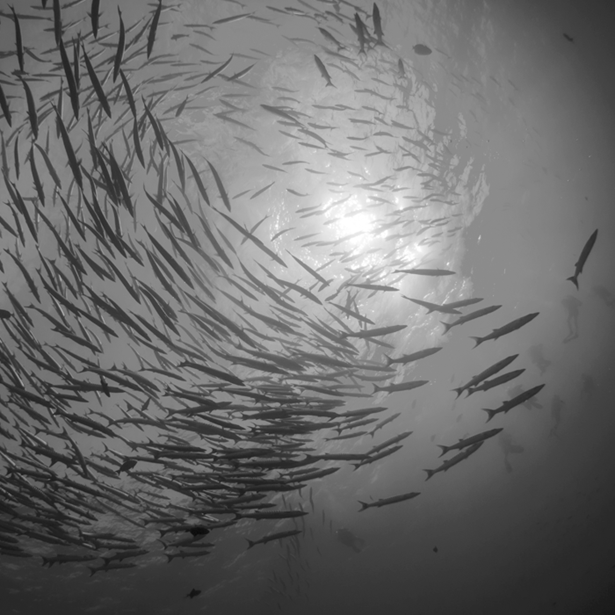
Our Blue Planet–Protecting the Ocean
Episode 6
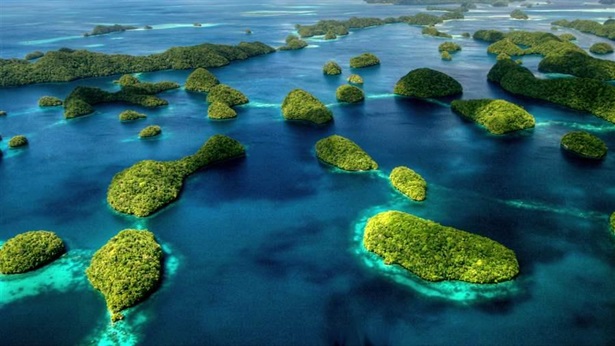
Global Ocean Legacy works with local communities, governments and scientists around the world to protect and conserve some of our most important and unspoiled ocean environments.
Learn More